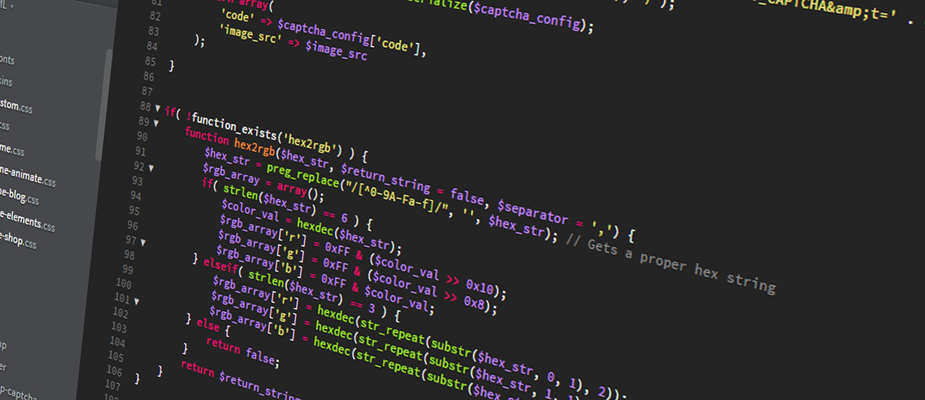Legacy Code: What is it and how to deal with it
What is Legacy Code?
Legacy code is any code that is outdated or no longer in use. It can be difficult to maintain and often contains errors, so it’s important to update it whenever possible. Updating legacy code can be a challenge, but it’s worth the effort to improve the stability and usability of your application. In some cases, it may even be necessary to rewrite legacy code entirely in order to modernize your application.

Why is legacy code often perceived as a negative?
There are several reasons why legacy code is often perceived as a negative. First, it can be difficult to understand and work with, making it challenging for new team members or developers taking over a project. Second, because it’s not always up-to-date with current best practices, it can introduce security vulnerabilities or other risks. Finally, legacy code can be costly to maintain, requiring special expertise or tools that may not be readily available. While there are challenges associated with working with legacy code, there can also be benefits, such as increased stability and backward compatibility. In many cases, the decision of whether to keep or replace legacy code depends on the specific situation and needs of the Wakefield organization.
What is the best way to understand complex legacy code?
There is no easy answer when it comes to understanding complex legacy code. It can be a difficult and time-consuming task, depending on the size and complexity of the codebase. However, there are a few methods that can help make the process easier.
One method is to use code visualization tools. These tools can help provide a high-level overview of the structure of the code and how it works. Additionally, they can offer insights into how the code has been used in the past and how it might be used in the future.
Another method for understanding complex legacy code is to use reverse engineering techniques. This involves analyzing the code in order to understand its functionality and purpose. This can be a helpful approach when trying to fix bugs or add new features to the code.
Ultimately, the best way to understand complex legacy code is to use a combination of different methods. By using code visualization tools, reverse engineering techniques, and other approaches, you can get a better understanding of the codebase and how it works. This can help make the process of modifying or maintaining the code easier and less time-consuming.
How do new developers deal with legacy codes?
There are a few different ways that new developers can deal with legacy codes. One way is to try and learn as much as possible about the code base, and then make changes incrementally. Another way is to try and work with the existing code as much as possible, and only make changes when necessary. Finally, some developers may choose to completely rewrite the codebase, starting from scratch. This can be a risky move, but it can also be very rewarding. Ultimately, it depends on the specific situation and the preferences of the developer.
Contact Wakefield Apps to know more about Legacy Code and ways to deal with it.
